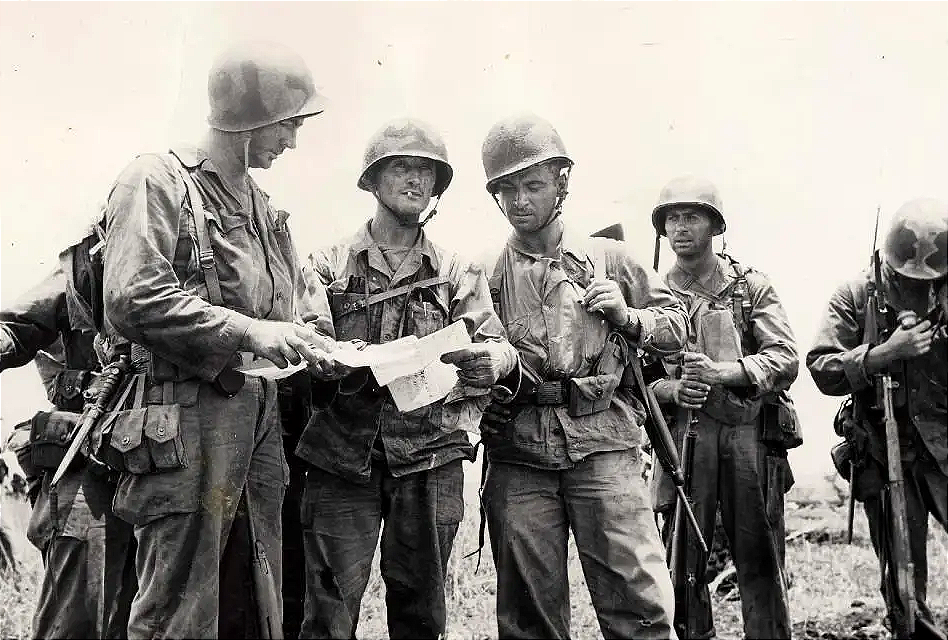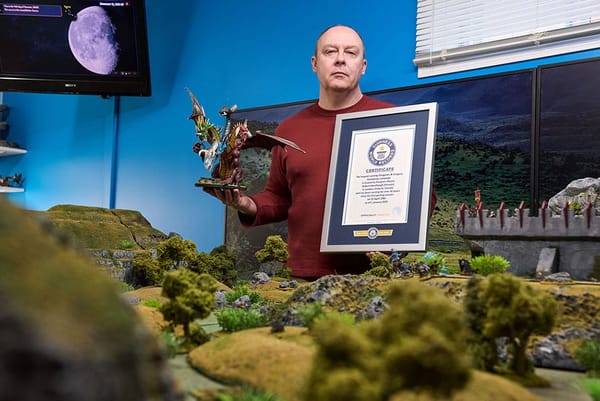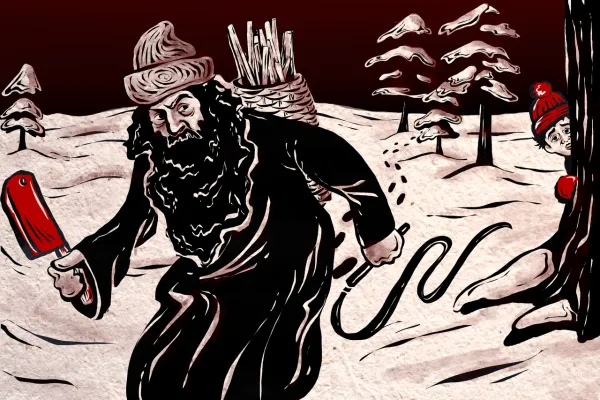This 17-year-old's memory is as accurate as a computer

From Nautilus: "In 2006, scientists coined the term “hyperthymesia” to describe cases in which people showed an ability to remember vivid details about events that happened to them throughout their lives, including exact times and dates. Since then, researchers have documented at least 100 cases of hyperthymesia in the literature. Almost uniformly, those who have the condition find the memories — which tend to be carefully indexed by date — intrusive, uncontrollable, and distressing. Which is why the recently published case study of a 17-year-old girl dubbed TL is commanding attention. Like others with hyperthymesia, she can provide an especially rich amount of perceptual, spatial, and temporal information. But unlike the others, she is able to organize these memories into a kind of “memory palace,” and can access them whenever she likes. Most of the memories are filed in virtual binders, according to theme and date."
He was kidnapped at age 6 and found alive 70 years later thanks to a DNA test

From People: "A California boy who was lured away by a bandana-wearing woman while he played in a park in 1951 was found alive more than 70 years later — and is now a grandfather living on the east coast. Luis Armando Albino was just 6 years old when he vanished from a park in West Oakland, where he was playing with his brother, Roger, on Feb. 21, 1951. Albino was located in part because his niece took a DNA test that led her to an uncle that hadn’t been seen by his family in more than half a century. As Albino played with his brother, a woman wearing a red bandana lured him by promising to buy him candy. The woman spoke to the young Albino, who is of Puerto Rican descent, in Spanish. Instead of buying the boy candy, however, the woman flew him across the country to the east coast, where he was reportedly raised by another family. In 2020, Alequin decided to take an online DNA test and it reportedly had a 22% match."
The Army had special units for soldiers who were suspected of being disloyal

From Wikipedia: "The 620th Engineer General Service Company was a United States Army Corps of Engineers company active during World War II whose rank and file were American soldiers, both native and foreign-born, who were suspected of disloyalty or subversion. The idea of US Army formations consisting of suspect soldiers was created by a United States Department of War order. The units were to be composed of soldiers from all over the US suspected, but not proved, of disloyalty or subversive tendencies. In addition to the 620th, two similar units were the 358th Quartermaster Service Co. at Camp Carson, Colorado, composed of suspected Italian-American and German-American soldiers, and the 525th Engineer General Service Co. at Ft. Leonard Wood, Missouri, composed of suspected Japanese-American soldiers."
Hi everyone! Mathew Ingram here. I am able to continue writing this newsletter in part because of your financial help and support, which you can do either through my Patreon or by upgrading your subscription to a monthly contribution. I enjoy gathering all of these links and sharing them with you, but it does take time, and your support makes it possible for me to do that. I also write a weekly newsletter of technology analysis called The Torment Nexus.
One of the men who inspired the story of Robinson Crusoe was a pirate

From The Smithsonian: "Three centuries ago an impetuous Scottish sailor known as Alexander Selkirk — though this wasn’t his real name — was languishing off the coast of Chile in a worm-eaten British ship called the Cinque Ports when he began to argue with the captain that the leaky, disease- ridden vessel was a deathtrap. Selkirk, a skilled navigator, and the ship’s sickened crew were privateers — in effect, legalized pirates for the British Crown — who had spent a year at sea off South America robbing Spanish ships and coastal villages. Selkirk had already been on a similar voyage. Selkirk demanded that his 21-year-old captain, Lt. Thomas Stradling, leave him on the largest island, a wish that Stradling was only too happy to oblige. When he realized that none of the crew was joining him in the mutiny, he frantically waded back into the ocean and begged forgiveness from Stradling, a tyrant who delighted in saying no."
A 15-year-old computer whiz has become the Catholic Church's first millennial saint

From AP: "At a Catholic school in Pope Leo XIV’s hometown, fifth graders read comic books about Carlo Acutis’ life titled “Digital Disciple.” They draw pictures of what the teenage Italian computer whiz might have had as his cellphone wallpaper. They discuss the miracles that allegedly occurred thanks to Acutis’ intercession. Acutis was precociously savvy with computers long before the social media era, reading college-level textbooks on programming and coding as a youngster and making websites that at the time were the domain of professionals. But he limited himself to an hour of video games a week, apparently deciding long before TikTok that human relationships were far more important than virtual ones. Acutis was born on May 3, 1991, in London to a wealthy but not particularly observant Catholic family. They moved back to Milan soon after he was born. In October 2006, at age 15, he fell ill with what was quickly diagnosed as acute leukemia. Within days, he was dead. He was entombed in Assisi, which known for its association with another popular saint, St. Francis."
If you try to stir-fry a mantis shrimp you might get a nasty surprise

Acknowledgements: I find a lot of these links myself, but I also get some from other newsletters that I rely on as "serendipity engines," such as The Morning News from Rosecrans Baldwin and Andrew Womack, Jodi Ettenberg's Curious About Everything, Dan Lewis's Now I Know, Robert Cottrell and Caroline Crampton's The Browser, Clive Thompson's Linkfest, Noah Brier and Colin Nagy's Why Is This Interesting, Maria Popova's The Marginalian, Sheehan Quirke AKA The Cultural Tutor, the Smithsonian magazine, and JSTOR Daily. If you come across something interesting that you think should be included here, please feel free to email me at mathew @ mathewingram dot com



